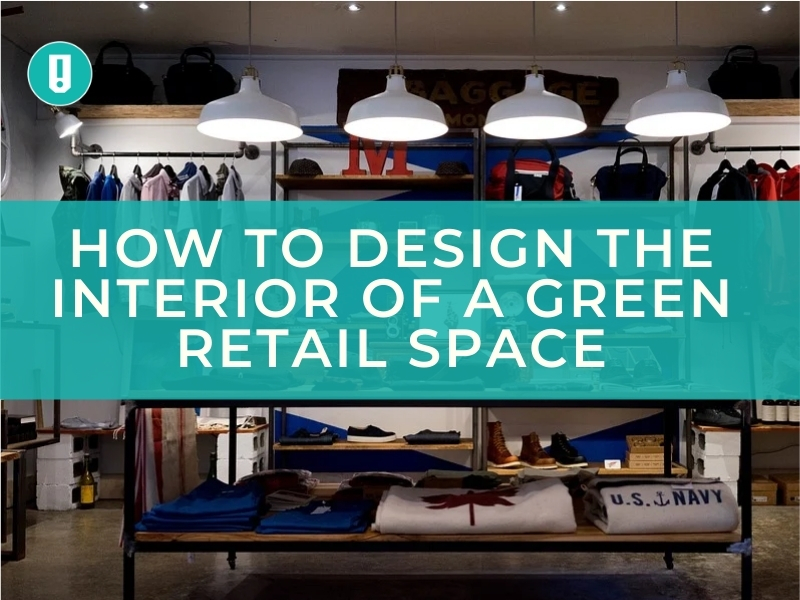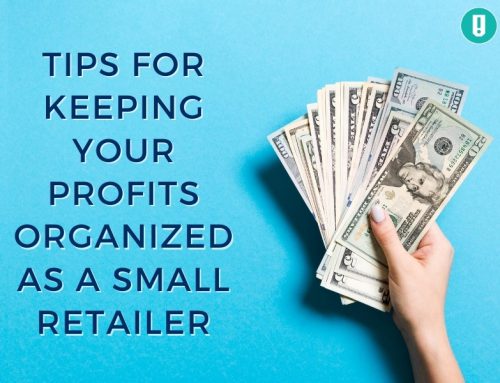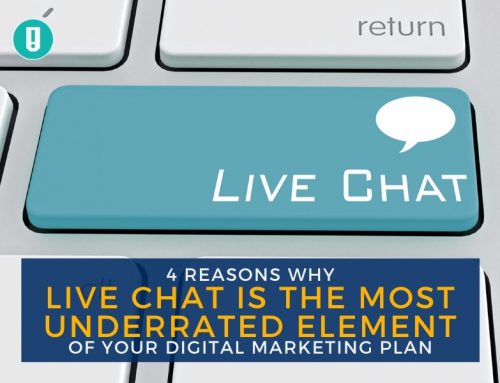The first thing to understand when it comes to determining your Optimum Inventory Level (OIL) is that it doesn’t start with inventory. There are three other steps required first to ensure your OIL is calculated accurately rather than based on guesswork and hope.
It starts by understanding that your retail business is simply a ‘tool’ to help you achieve your living and wealth needs both now and in the future … what we refer to as the GAP analysis. The GAP is not an acronym, it is a metaphor do describe the difference, the gap, between where you stand financially now compared to where you need to be.
Only once careful consideration has been given to the first three steps, can you answer the question “how much inventory do I need to achieve my sales budget?”
Also referred to as the ‘Bottom Up’ budget, there are four steps to the ‘Gap’ Process. These are:
- The ‘GAP Analysis’ (see below)
- The Gross Profit ‘GAP’
- The Sales ‘GAP’
- The Inventory ‘GAP’
The ‘GAP Analysis’ also consists of four steps:
- Retirement / Exit Planning (including Succession planning)
- Personal Exertion – your own market salary
- Return on Investment (this is different to GROI)
- Other Operating Expenses
I know the idea of basing your sales budget on all of these factors can be a little daunting or downright overwhelming, but it truly is the only way to determine a meaningful OIL.
So assuming you at least have a good grasp of what your own ‘GAP Analysis’ would reveal, and based on that, you have been able to calculate your ‘Gross Profit GAP’ and ‘Sales GAP’, we are ready to continuing with Step 4 and to answer the question, “how much inventory do I need to achieve my sales budget” … otherwise referred to as the optimum inventory level.
A definition of OIL is:
The right amount of inventory to give your customers the best possible choice while giving you the best possible return on your investment
without affecting future sustainable sales growth.
The objective here is to help you understand and calculate your own OIL, however because this is a complex and highly important process it will be broken into smaller steps.
When calculating your OIL it is important to take into account other business circumstances such as:
- Is your business growing, static or declining?
- Are you intending to include new product ranges in your ‘buying plan’ to boost certain areas of your business?
- Are you planning to drop certain product lines that no longer fit your business model or market position?
- Categories which may show a below average gross margin return on investment (GMROI) but deliver a high return on effort (ROE).
- What percentage of your total sales volume comes from custom work, special orders and repairs? Because you don’t need inventory for these income lines.
- How quickly can you replace your fast sellers, etc?
A quick word on Memo stock. When it comes to inventory management, as distinct to financial management, we don’t care who owns the product, e.g. you, in the case of asset inventory or your vendors, in the case of memo, we only care about the performance of it. In other words, if it doesn’t sell, it doesn’t matter that someone else owns it, it’s no good and it’s taking the place of something else that could be turning for you. So expect the same performance from memo as you would from your own asset inventory.
Having taken these factors into account, you are now ready to calculate your OIL but do so understanding that GMROI is not an exact science but rather a ‘rule of thumb’.
Also, remember that it is difficult to sell what you don’t stock … in other words investment precedes dividend. You don’t get interest from your bank until you deposit some money and so it is with retailing.
Arguably, it is possible to achieve a GMROI of 200 i.e. $200 of gross profit per annum from every $100 invested in inventory. This should therefore be the basis for calculating your OIL if you are striving for ‘best practice’.
However, because most stores are achieving well below this, a more realistic ‘Rule of Thumb’ for a growing retail business is that every $1.00 of well chosen, well managed inventory will produce between $2.50 and $3.00 of retail sales per annum (excluding repairs, custom designs and special orders).
That means, if your inventory level is $400,000, you should be achieving between $1m and $1.2m in retail sales.
Looked at another way, if your ‘GAP’ sales budget is $1.5m and you do 20% of your sales from repairs, custom designs and special orders, your sales of finished product would be $1.2m and the OIL would be between $400,000 ($1.2m ÷ 3) and $480,000 ($1.2m ÷ 2.5).
| GAP Sales Budget | Stock to Sales Ratio | Optimum Inventory Level |
| $1,200,000 | 3 | $400,000 |
| $1,200,000 | 2.5 | $480,000 |
Important: Anything less than this level of performance and you are under performing, which means you either need to address the lack of sales compared to the inventory you are carrying, or you need to address the excess inventory. Our preference is that you consider both before deciding on a strategy because often the inventory is not the real problem … a lack of sales is!
Action Steps:
- Note any changes to your business circumstances as outlined
- Calculate your Optimum Inventory Level (OIL) as explained
- Calculate your ‘Inventory GAP’ by comparing your OIL with your current inventory level
- Based on your ‘Inventory GAP’ determine if your strategy moving forward will be to increase sales, reduce inventory or both
The Edge Retail Academy is a highly effective jewelry industry consulting company that provides customized strategies for retailers and vendors to increase profits, optimize growth, reduce debt, create profitable inventory solutions, build effective teams and enhance brand loyalty and profitability. The Academy is committed to helping jewelry businesses improve their bottom line while reducing uncertainty and stress. Edge Retail Academy software and the unique talent pool of their business advisors provide real world knowledge and advice for guaranteed results, all on a “no-contract” basis. 877-569-8657, ext. 1 or www.edgeretailacademy.com



![Make Product Presentation a Priority [INFOGRAPHIC]](https://www.testsr.com/wp-content/uploads/2020/08/Make-Product-Presentation-a-Priority-INFOGRAPHIC-500x383.jpg)


Leave A Comment